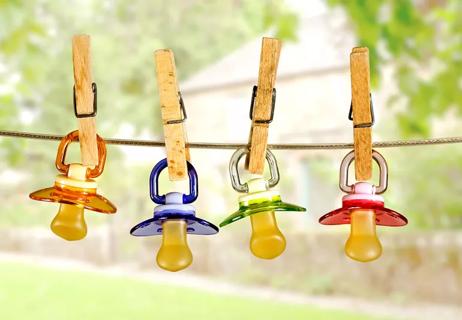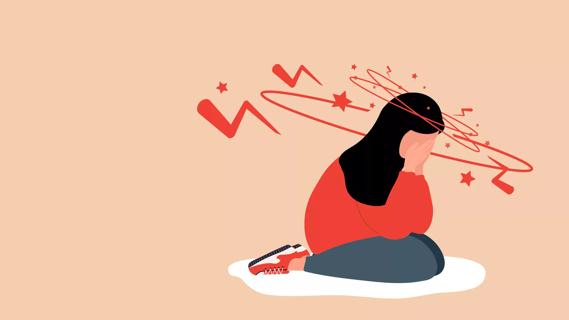Pacifiers have drawbacks as babies grow older

The day you decide to wean your baby from the pacifier might be your first bout of separation anxiety. Whether you go cold turkey or take a gradual approach, the pacifier should go sooner rather than later, says pediatrician Jason Sherman, DO.
Advertisement
Cleveland Clinic is a non-profit academic medical center. Advertising on our site helps support our mission. We do not endorse non-Cleveland Clinic products or services. Policy
“The pacifier can alter the way your child’s jaw develops,” says Dr. Sherman. “Your child’s bottom teeth will be in and the top teeth will be out. Children shouldn’t use pacifiers all day to allow their teeth to grow in the way they’re supposed to, not to mention the problem can get worse over time and lead to a variety of dental issues.”
It’s OK to offer your baby a pacifier at nap time or bedtime until age 1. If your baby is slightly older, Dr. Sherman notes it’s fine to keep your baby’s pacifier until age 3, but you should only use it to help your baby take a nap.
“The pacifier should only be used on an as-needed basis,” he adds.
Babies and young toddlers use pacifiers to help themselves sleep or to comfort themselves after having a fit as a way to deal with frustration. However, your young toddler shouldn’t use a pacifier all day when they’re running around the house and when they should be developing language skills. Kids typically begin to talk at age 1 and there’s a chance the pacifier could also slow language development.
Most kids stop using pacifiers on their own between ages 2 and 4, but others need help breaking the habit. Dr. Sherman offers the following suggestions:
Advertisement
“You may have to deal with a few days and nights of fussing,” says Dr. Sherman. “Stand your ground. Be the authority.”
Advertisement
Learn more about our editorial process.
Advertisement

What to know about keeping your baby's pacifier germ-free

Bleeding is a risk and warrants taking care, but the reward of this lifesaving medication is great

Severe and debilitating headaches can affect the quality of your child’s life

With repeat injections over time, you may be able to slow the development of new wrinkles

Type 2 diabetes isn’t inevitable with these dietary changes

Applying a hot or cold compress can help with pain